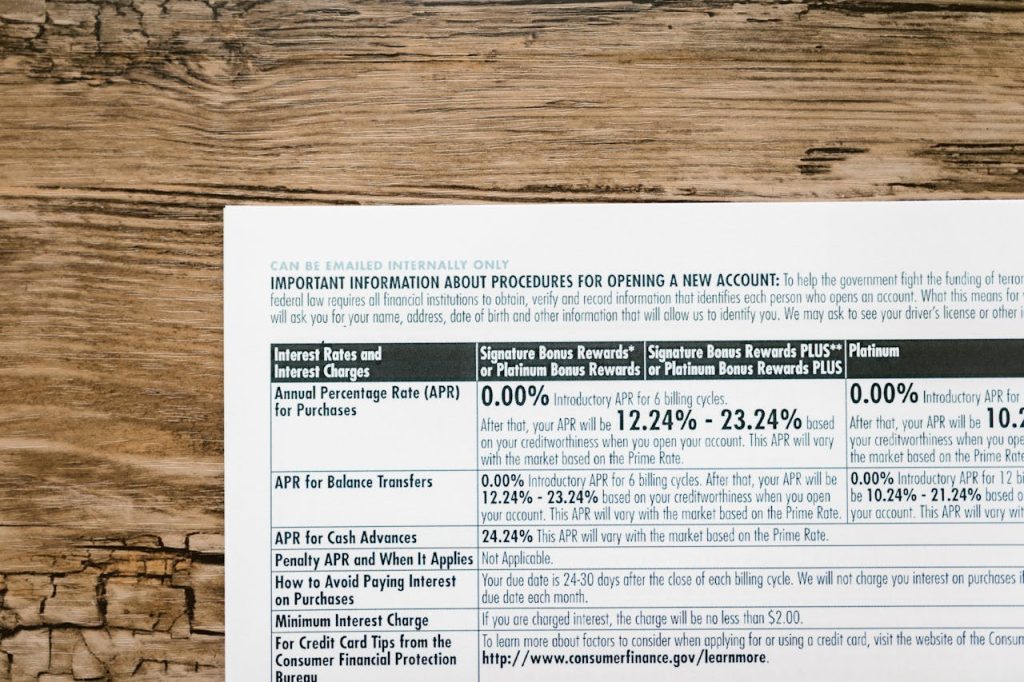
Image source: pexels.com
When interest rates fall, many people cheer because borrowing becomes cheaper. Mortgages, car loans, and credit cards might get more affordable for a while. But there’s a flip side that doesn’t get as much attention. Several everyday expenses quietly creep up when rates are low. These price hikes can sneak up on your budget, especially if you’re not watching closely. Understanding which expenses increase as interest rates drop can help you plan better and avoid surprises. Let’s look at eight costs that often rise in this environment—and why you need to pay attention to them.
1. Home Prices
One of the most noticeable expenses that rise when interest rates drop is home prices. With lower mortgage rates, more people can afford to buy homes or qualify for bigger loans. This increased demand pushes home prices higher. Sellers know buyers have more purchasing power, so they often raise asking prices. If you’re considering buying, be aware that a low-rate environment could mean paying more for the same property. Home prices are a classic example of how falling interest rates can indirectly increase your long-term costs.
2. Rent
As home prices climb, rent often follows. People who can’t afford to buy in a hot market turn to renting instead. This increased demand for rentals gives landlords room to raise rents. Even if you aren’t in the market to buy, you might feel the pinch in your monthly rent check. Landlords also face higher property taxes and maintenance costs as property values increase, which they may pass on to tenants. If you’re renting, keep an eye on the local housing market when interest rates drop, as it can signal rent hikes ahead.
3. Insurance Premiums
Insurance companies invest the premiums you pay to earn returns. When interest rates are low, their investment income falls. To make up for the shortfall, insurers often raise premiums on products like auto, home, and life insurance. This means you might see your annual bill go up even if you haven’t made any claims. The impact is especially noticeable for long-term policies, where the insurer’s ability to earn interest is a key part of their pricing. Always review your insurance policies and shop around if you notice a steady increase in premiums during a low-rate period.
4. College Tuition
Colleges and universities also feel the effects of lower interest rates. Many schools rely on income from endowments, which are invested in bonds and other interest-sensitive assets. When rates fall, investment returns shrink, causing schools to look elsewhere for revenue. Often, this leads to tuition and fee increases. Students and parents can end up paying more, even as student loan rates drop. Rising college tuition is a hidden expense that can quietly grow when the cost of borrowing falls.
5. Health Care Costs
Health care is another area where expenses can rise as interest rates drop. Hospitals and health systems often borrow money to fund new buildings or equipment. Lower rates make borrowing cheaper, which can lead to more construction and upgrades. While that sounds positive, these improvements frequently result in higher bills for patients as providers look to recoup their investments. Additionally, insurance companies facing lower investment returns may pass on costs to consumers through higher premiums or out-of-pocket expenses. Health care costs are a prime example of expenses that quietly rise every time interest rates drop.
6. Utility Bills
Utility companies also borrow large sums for infrastructure projects. When rates are low, they may accelerate upgrades or expansions. While the initial investment is cheaper, the costs are often recouped through higher rates for consumers. In some cases, utilities may seek regulatory approval to raise prices, citing increased capital expenditures. Over time, this can lead to a noticeable rise in your monthly utility bills. Even if you don’t see an immediate jump, be prepared for gradual increases when interest rates remain low for an extended period.
7. Consumer Goods
Low interest rates can boost consumer spending. When people have access to cheaper credit, they tend to buy more. Retailers, seeing the uptick in demand, may raise prices on everything from electronics to clothing. Manufacturers may also face higher input costs as demand for raw materials rises. The end result? Everyday items at the store can quietly become more expensive. If you’re budgeting, watch for subtle price increases in the goods you buy most often during periods of low interest rates.
8. Investment Fees
Investment firms and mutual funds often rely on interest income as part of their business model. When interest rates drop, they may raise management fees or create new charges to offset lost income. This is especially true for funds that promise steady returns, such as money market or bond funds. Over time, these increased fees can quietly erode your investment returns. It’s important to review your investment accounts and compare fees regularly, especially during low-rate environments. Sites like Morningstar can help you compare fund expenses and find better options for your portfolio.
Planning Ahead When Interest Rates Drop
It’s easy to focus on the immediate benefits of falling interest rates—lower loan payments and easier access to credit. But as you’ve seen, several expenses quietly rise every time interest rates drop. From home prices and rent to health care costs and insurance premiums, these creeping costs can add up quickly. Being aware of these trends helps you make smarter financial decisions when rates are low.
Adjust your budget as needed, and don’t be afraid to negotiate or shop around for better deals. With a little planning, you can balance the benefits of lower rates with the hidden costs that often come with them.
Which rising expense has surprised you the most when interest rates dropped? Share your story in the comments below!
What to Read Next…
- Are These 7 Little Expenses Quietly Costing You Thousands A Year?
- 6 Monthly Bills You Should Cancel Immediately Even If You Can Afford Them
- 7 Hidden Fees That Aren’t Labeled As Fees At All
- 8 Everyday Services That Are Slowly Becoming Subscription Only
- 5 Invisible Service Charges Eating Into Your Bank Balance

Travis Campbell is a digital marketer/developer with over 10 years of experience and a writer for over 6 years. He holds a degree in E-commerce and likes to share life advice he’s learned over the years. Travis loves spending time on the golf course or at the gym when he’s not working.
Leave a Reply